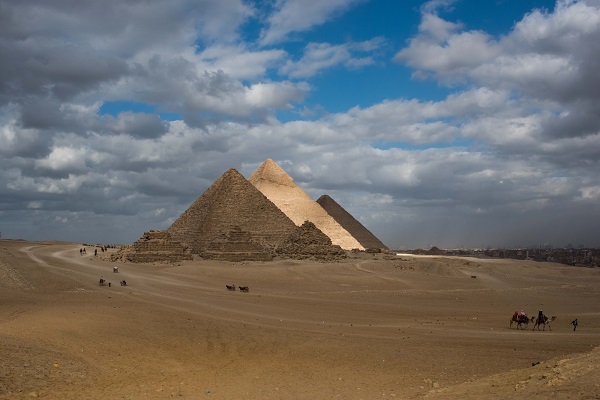Cairo, Egypt reopened the 4,700-year-old Step Pyramid of Djoser after a 14 year-long restoration work.
Prime Minister Mustafa Madbouli told Efe news on Thursday that this was a good time for the reopening of the pyramid in the country, which has reported two confirmed cases of the virus so far.
“We wanted here to open and to present it to the world to say that we have been able successfully to restore it and rehabilitate it and it will be ready to receive anybody from all over the world,” Mabdouli said.
“Egypt is taking the same restrictive measures to try to prevent the spread of the coronavirus like the other countries,” he added.
Thursday’s event came as part of a government campaign aimed at reopening archaeological sites to the public, in an attempt to attract more international visitors.
Minister of State for Antiquities Affairs Khaled al-Anani said during the inauguration of the Djoser Pyramid that Egypt was taking all necessary measures to prevent the spread of the coronavirus in the country.
“While other countries have prevented visits (to monuments), we receive tourists as normal,” he added.
Al-Anani described the tourism situation as stable, adding the sector was operating normally amid the growing coronavirus threat.
Both ministers attended the reopening of the pyramid of King Djoser at the Saqqara necropolis.
Djoser, believed to be the oldest pyramid in Egypt, was built long before the great pyramids of Giza.
Restoration work on the step pyramid began in 2006, according to al-Anani, although the rehabilitation process was suspended in 2011 by a revolution that toppled long-time ruler Hosni Mubarak, who died last month.
The 14-year work, including the restoration of the monument’s exterior, corridors and stairs, cost 104 million Egyptian pounds (about $6 million).
Visitors will now be able to visit the 63-meter-high tomb, built by the architect Imhotep in a 28-metre-deep cavity, and formed it by placing six mastabas on top of each other.










